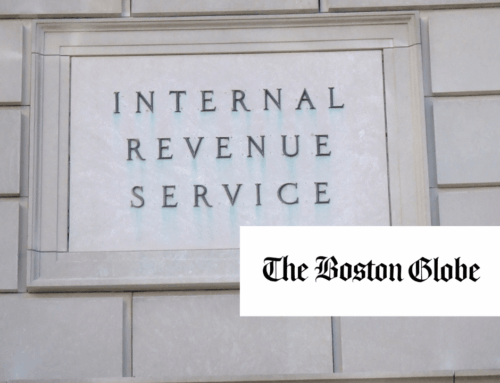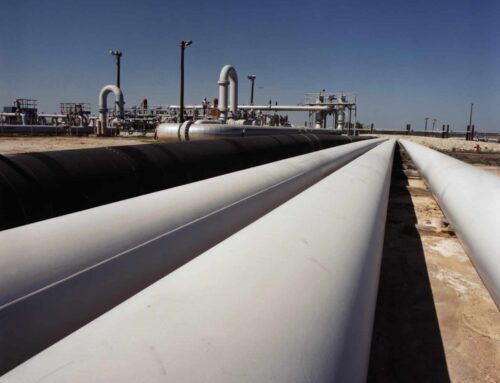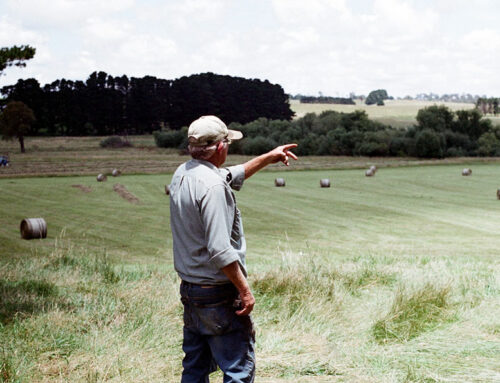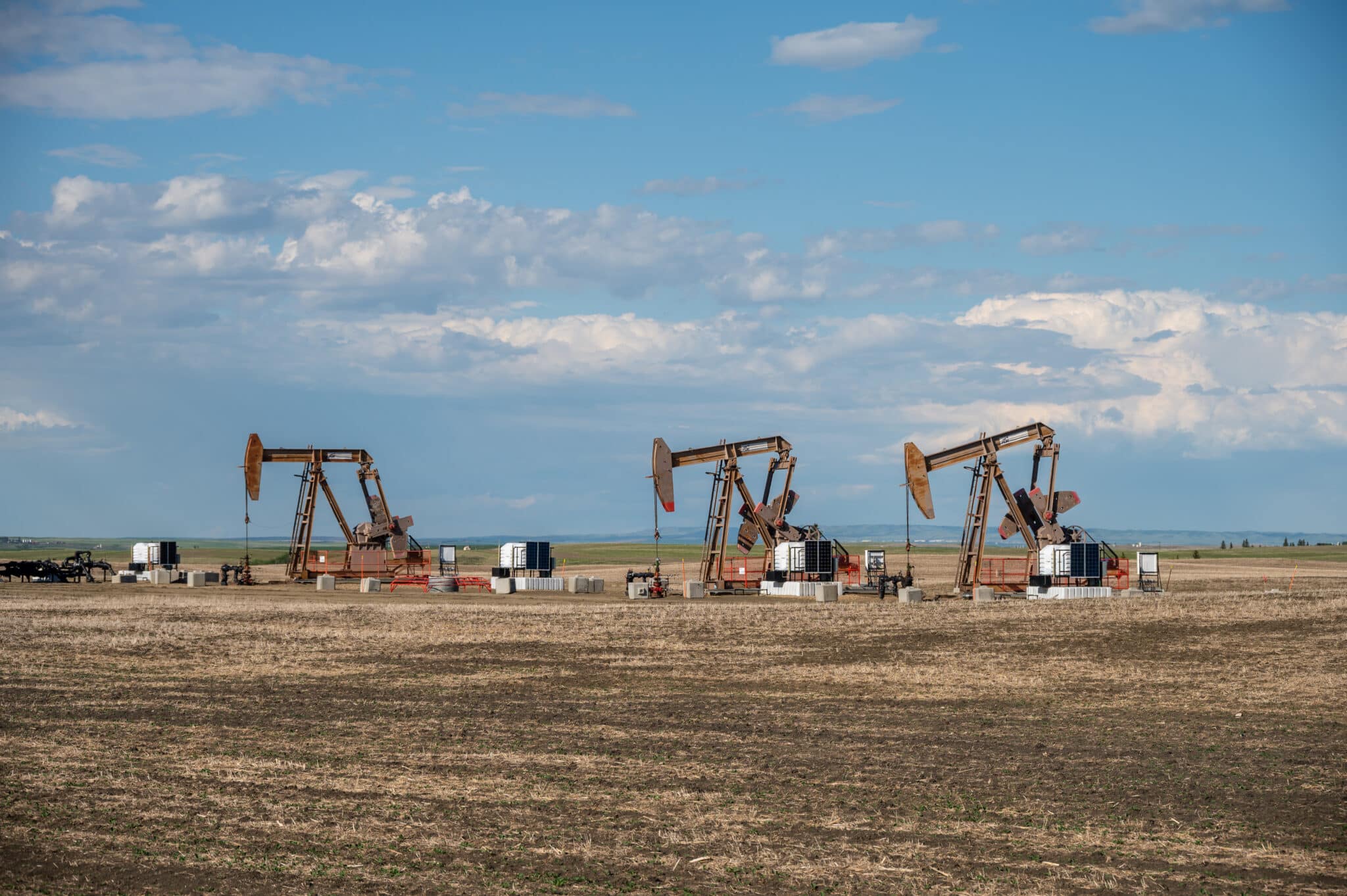As part of the latest deal to avoid a government shutdown, Congress passed a yearlong extension of the 2018 farm bill, which expired earlier this year. And while bipartisanship in Washington can be hard to find, there is a provision in the farm bill that has enemies across the political spectrum — the Federal Crop Insurance Program.
Crop insurance is a public-private partnership that helps make farmers whole when they lose crops or revenue due to events beyond their control, like extreme weather events. According to the Environmental Working Group, the program paid out more than $19 billion in 2022 — the most ever. But EWG, like several other left-leaning groups, has concerns about the program.
“Only 20% of farms in the U.S. actually participate in the crop insurance program,” said Anne Schechinger, an agricultural economist and EWG’s Midwest director. “The majority of crop insurance money goes to just four main crops: corn, soybeans, wheat and cotton. And a lot of the money — 65% —goes to the farmers in just 10 states.“
Unlike traditional insurance, where buyers pay a premium that goes into a pot to cover any losses, farmers only pay about 40% of their crop insurance premiums, and the other roughly 60% is paid by the federal government.
And those taxpayer-funded subsidies draw the ire of several groups on the right, including the American Enterprise Institute and Taxpayers for Common Sense, who argue that, in a time of rising deficits, a program that costs upward of $10 billion every year is ripe for review in the upcoming farm bill.
“Crop insurance reduces the risks for farmers. But why can’t farmers reduce risks by themselves in a marketplace, such as diversifying their crops, diversifying their planting locations, buying financial contracts like forward contracts?” said Chris Edwards, an economist at the libertarian Cato Institute. “Why should they be treated differently than businesses in every other industry?“
Edwards pointed to research indicating that when farmers know their losses will be covered at a subsidized rate, they may farm places they otherwise wouldn’t, with crops they might not otherwise try.
“Farmers will tend to farm more environmentally sensitive and marginal lands because they get these crop insurance subsidies,” Edwards said. “If you withdrew the subsidies, farmers would be more hesitant to farm environmentally sensitive lands, like wetlands.”
Even within the agricultural community, some groups are pushing for major changes to the program.
“The Federal Crop Insurance Program works very well for a small group of farmers, and the farmers who are left out [are] small farmers, beginning farmers, BIPOC farmers, farmers growing fruits and vegetables,” said Billy Hackett, a policy specialist at the National Sustainable Agriculture Coalition. Hackett said crop insurance as it exists today tends to benefit large, wealthy farmers.
Taxpayers also subsidize the private insurance companies that are selling the federal crop insurance policies, as well as crop insurance agents selling the policies. That adds about $1.5 billion a year in administrative costs to the crop insurance program, according to the Government Accountability Office, which has been encouraging Congress for years to take a hard look at the program.
Steve Morris, a director in GAO’s Natural Resources and Environment team, said even though relatively few farmers use federal crop insurance, those policies cover the vast majority of agricultural land in this country. But that can skew crop insurance benefits to larger, wealthier farms, especially since there is no income limit for participation or caps on insurance payouts.
“So in other farm programs, a farmer would be eligible if their income was, say, about a $900,000 or less a year. Under the crop insurance program, there is no such limit,” said Morris. “So you can have a producer who has unlimited income, essentially, and still be getting premium subsidies from the government upwards of 60%. … And in some cases, you had producers who were getting over a million dollars a year in premium subsidy for a number of years.”
But the farmers who do use the program have built their business models around it and say they rely on the payments to keep farm incomes — and food prices — stable.
Mark Wilson co-owns Wilson-Legacy Farms in Smyrna, Delaware, with his brother, Denny, where they farm about 6,000 acres of mostly corn, soybeans and wheat across 50 farms.
“We use crop insurance as a tool. It’s like a just another fixed cost, just like buying fuel for your tractor, making a payment on machinery,” said Mark Wilson. “You’d never collect unless you had a Hail Mary, and then … you still lost a lot of money. We’re not looking for a train wreck. We want to be able to farm for another year.“
The Wilsons won’t say how much they pull in every year in crop insurance payments, but say it has saved them from significant losses in several years. They argue the crop insurance program actually needs more subsidies so that more farmers can afford to use it.
“The people that complain about crop insurance, if they want the farmers to assume their own risk, if they’re ready to pay $25 a pound for beef, or $10 a gallon for a gallon of milk,” he said. “Take the government out of it, and then you’ll then you’ll see what happens.”
That’s one of the arguments made by those who want to maintain the program mostly as is, including the American Farm Bureau Federation, which represents millions of farmers across the country.
“The farmer has to invest the majority of their money into a crop that they grow by the time they put the seed in the ground, with absolutely no guarantee that they’re going to be able to get that back out of it when they harvest it. So this is a huge risk,” said Bernt Nelson, an economist for the American Farm Bureau Federation. He said farmers can absorb some of that risk, “but there’s a lot of things outside of our control. And that’s what that safety net is for, to make sure that the farmer can come back the next year and the year after that. … If we take that away, and the farmer is not going to be able to come back, we see further consolidation in the agricultural industry. And that’s a real problem.”
Congress has another year to work on the farm bill, and crop insurance is just one part of it, so there will likely be much more debate ahead on how to balance these risks, and who should absorb the costs.
Additional reporting by Maya Marchel Hoff.











Get Social